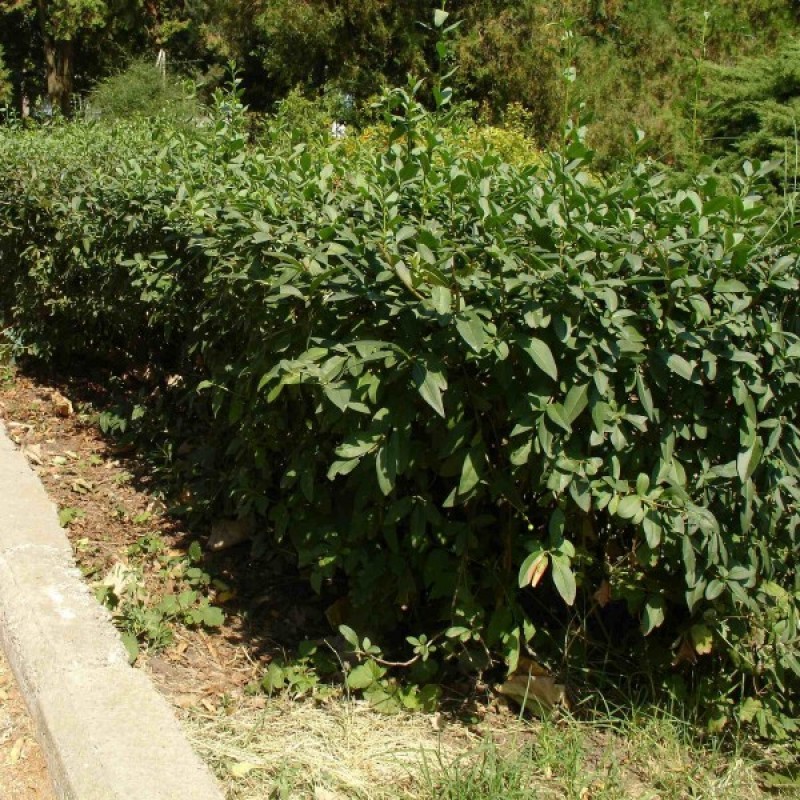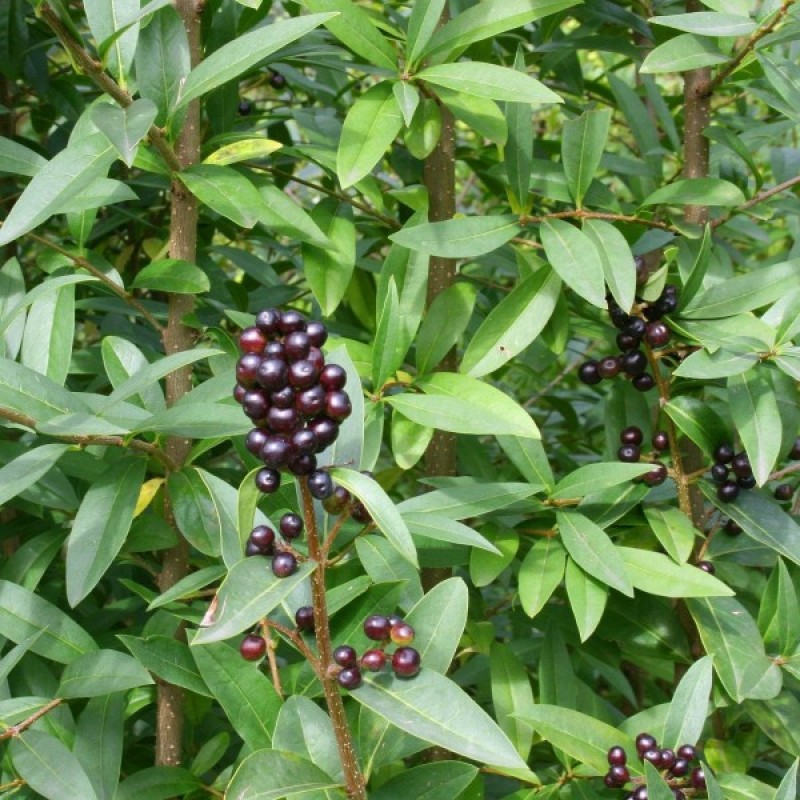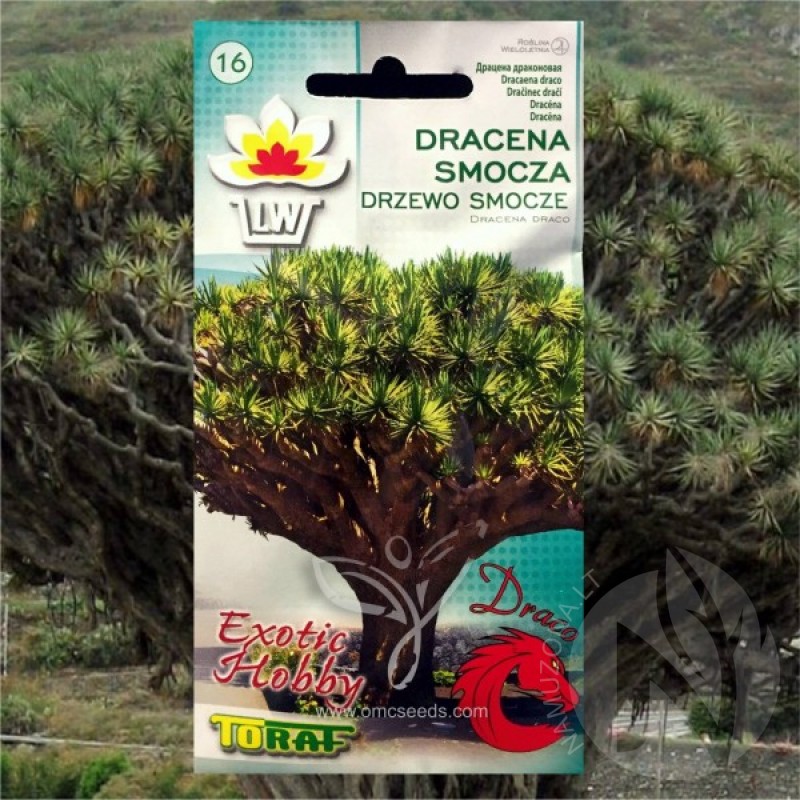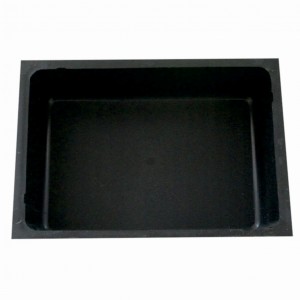





PAY ATTENTION!
All seeds (except SOLD OUT) are available for immediate shipping and will be dispatched within 1-2 business days.
INFORMATION NEEDED? PLEASE CONTACT US NOW!
Common privet is a spreading, deciduous shrub native to Europe and North Africa. It has narrow, lance-shaped, dark green leaves held on stiff, erect branches. The leaves turn a dull purple in fall. The shrub has many branches arising from ground level. The odiferous flowers are produced midsummer in pyramidal-shaped, branched heads at the ends of the stems. The flowers are followed by many dark purple to black fruits that are attractive to birds.
Common privet is not picky about locations, it grows in full sun to shade and moist to dry soils. It is used in hedges, screens and borders. Prune after flowering.
A very tolerant and easily grown plant, it succeeds in any soil that is not very impoverished. Grows well in heavy clay soils. Prefers a calcareous soil and succeeds in thin dry soils. Grows well in light woodland or the full shade of a wall but flowers and fruits best in a sunny position. Tolerant of atmospheric pollution, once established they also tolerate drought but are intolerant of water-logging. A suckering shrub, forming dense thickets and making good bird cover An important food plant for many caterpillars, including the larvae of the privet hawk moth. This species is notably susceptible to honey fungus.
Information source: Learn2Grow.com.
Genus - Ligustrum
Species - Vulgare
Common name - Privet
Pre-Treatment - Required
Hardiness zones - 5 - 8
Height - 12'-15' / 3.70 - 4.60 m
Spread - 12'-15' / 3.70 - 4.60 m
Plant type - Shrub
Vegetation type - Deciduous
Exposure - Full Sun, Partial Sun, Partial Shade
Growth rate - Fast
Soil PH - Acidic, Neutral, Alkaline
Soil type - Clay, laom, Sand, well drained
Water requirements - Drought tolerant, average water
Landscape uses - Hedges
Bloom season - Early Summer, Summer
Leaf / Flower color - Dark Green / White
GERMINATION INSTRUCTIONS
1. Soak seeds for 24 hours, drain and stratify.
2. Place the seeds and store in a cool (ideally +1-+3C; not freezing) and moist environment for a period of 40-60 days.
To accomplish this you merely place the seeds in a sealed plastic bag with moistened vermiculite (or sand or even a moistened paper towel) and refrigerate it. Use three times the amount of vermiculite as seeds. It is important to only slightly dampen the vermiculite, as excessive moisture can cause the seeds to grow mouldy in the bag.
3. After undergoing the recommended period of stratification, the seeds are ready to be removed and sown in the nursery bed for germination. Alternatively, the seed may be sown in small pots filled with moist soil and then the whole thing enclosed inside a plastic bag before placing inside a common refrigerator.
When they are large enough to handle, prick the seedlings out into individual pots and grow them on in the cold frame for their first winter.
Atsiliepimų apie šią prekę kol kas nėra.
No questions about this product.











